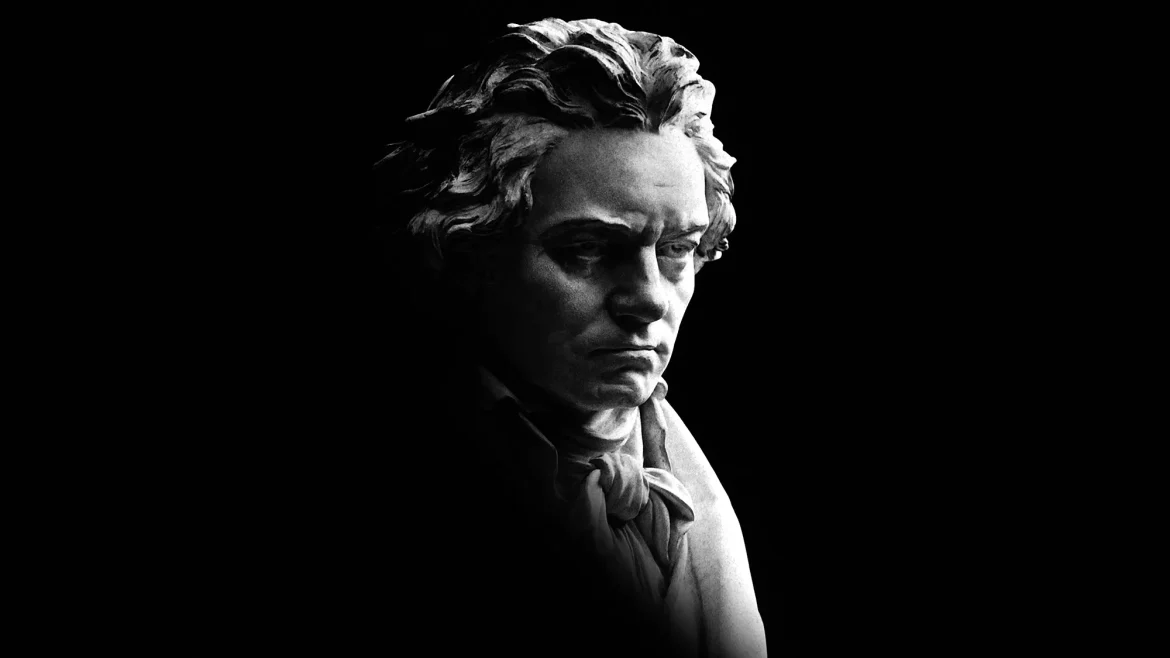Ludwig van Beethoven, a name synonymous with musical genius, left an indelible mark on the world of classical music. His symphonies, in particular, stand as towering pillars of artistic achievement, showcasing the depth of his compositional prowess. Among the nine symphonies Beethoven composed during his lifetime, the debate over the “best” one has been a subject of fervent discussion among music enthusiasts and scholars alike.
In this comprehensive exploration, we will delve into each of Beethoven’s symphonies, analyzing their unique qualities, historical context, and enduring impact. From the iconic “Symphony No. 5” to the sublime “Symphony No. 9,” we will navigate the intricate web of emotions, innovations, and historical significance woven into the fabric of Beethoven’s symphonic legacy.
Symphony No. 3 in E-flat Major, Op. 55 – “Eroica”
The journey into Beethoven’s symphonic masterpieces begins with the groundbreaking “Symphony No. 3,” commonly known as the “Eroica.” Composed in the early 19th century, this symphony marks a pivotal moment in the evolution of classical music. Beethoven’s departure from conventional symphonic structures and his embrace of heroic themes set the stage for a new era in musical expression.
The “Eroica” is a testament to Beethoven’s resilience in the face of personal adversity, as he originally dedicated the work to Napoleon Bonaparte. However, upon learning that Napoleon had declared himself Emperor, Beethoven famously scratched out the dedication, illustrating his disdain for what he saw as a betrayal of revolutionary ideals.
Musically, the “Eroica” captivates listeners with its expansive structures, dynamic contrasts, and emotional depth. The boldness of the opening movement, the expressive funeral march, the lively scherzo, and the triumphant finale all contribute to the symphony’s enduring appeal. The “Eroica” stands as a revolutionary masterpiece that laid the foundation for the Romantic era, earning its place among the greatest symphonies ever composed.
Symphony No. 5 in C Minor, Op. 67 – “Fate”
Arguably the most recognizable symphony in the classical repertoire, Beethoven’s “Symphony No. 5” is an iconic masterpiece that transcends time and cultural boundaries. The four-note motif that opens the symphony – often referred to as the “fate motif” – is one of the most instantly recognizable musical phrases in history.
Composed during a tumultuous period in Beethoven’s life, the “Fifth Symphony” reflects the composer’s defiance in the face of adversity. The persistent rhythmic drive and dramatic progression from darkness to triumph in the final movement make this symphony a visceral and transformative experience for listeners.
The “Fifth Symphony” is a perfect embodiment of Beethoven’s innovative spirit, showcasing his mastery of motivic development and his ability to create a sense of inevitability in the musical narrative. Its impact on subsequent generations of composers and its pervasive presence in popular culture solidify its status as one of the best Beethoven symphonies.
Symphony No. 7 in A Major, Op. 92 – “Apotheosis of Dance”
Moving forward in our exploration, we encounter the exuberant “Symphony No. 7.” Often referred to as the “Apotheosis of Dance,” this symphony is a celebration of rhythm, vitality, and sheer joy. Composed at a time when Beethoven was grappling with profound personal challenges, the Seventh Symphony stands as a testament to the composer’s ability to find solace and triumph through his art.
The rhythmic drive of the symphony, especially in the vivacious second movement, has led many to describe it as a dance of unparalleled energy and vivacity. The relentless momentum and dynamic contrasts create a sense of forward propulsion that is both exhilarating and infectious.
Beethoven’s “Seventh Symphony” has found a special place in the hearts of musicians and audiences alike. Its inclusion in films, television, and even sporting events attests to the universal appeal of its rhythmic vitality and emotional depth.
Symphony No. 9 in D Minor, Op. 125 – “Choral”
Our journey through Beethoven’s symphonies culminates in the majestic “Symphony No. 9,” often referred to as the “Choral Symphony.” This monumental work not only represents the pinnacle of Beethoven’s symphonic output but also stands as a groundbreaking piece in the history of classical music.
The inclusion of a vocal finale, featuring the famous “Ode to Joy” text, sets the Ninth Symphony apart from its predecessors. Beethoven, by integrating voices into the symphonic form, broke new ground and expanded the expressive possibilities of the genre. The “Choral Symphony” is a testament to Beethoven’s vision of universal brotherhood and the transformative power of music.
The final movement, with its choral and orchestral forces combined, elevates the Ninth Symphony to a level of grandeur that is unparalleled in the classical repertoire. The triumphant culmination of the symphony leaves an indelible impression, inspiring awe and reverence in those who experience its profound beauty.
Conclusion
In the realm of classical music, the question of the “best” Beethoven symphony is subjective and open to interpretation. Each symphony, from the revolutionary “Eroica” to the triumphant “Choral,” offers a unique journey into the mind of a musical genius. The emotional depth, innovative spirit, and enduring impact of Beethoven’s symphonies continue to captivate audiences around the world.
As we reflect on the symphonic legacy of Beethoven, it becomes evident that attempting to label one symphony as the “best” diminishes the richness of his contribution to the art form. Instead, let us embrace the diversity of emotions and experiences that each symphony offers, recognizing the profound impact Beethoven has had on the world of classical music.
In the end, the true beauty of Beethoven’s symphonies lies not in their ranking but in their ability to transcend time and connect with the human spirit. Whether experiencing the heroic defiance of the “Eroica,” the fateful urgency of the “Fifth Symphony,” the rhythmic jubilation of the “Seventh Symphony,” or the transcendent grandeur of the “Choral Symphony,” we are reminded that Beethoven’s symphonies are a timeless testament to the boundless potential of human creativity.

